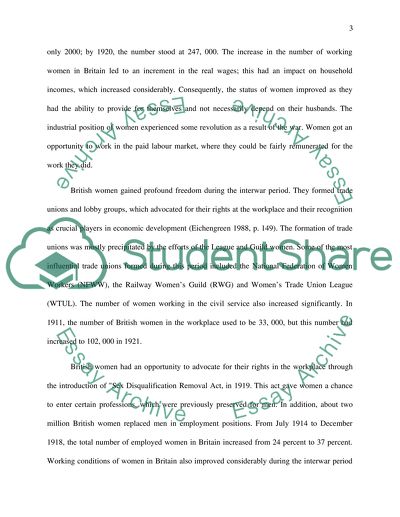Cite this document
(“Changes to womens lifes in inter-war Britain Essay”, n.d.)
Changes to womens lifes in inter-war Britain Essay. Retrieved from https://studentshare.org/history/1477168-changes-to-womens-lifes-in-inter-war-britain
Changes to womens lifes in inter-war Britain Essay. Retrieved from https://studentshare.org/history/1477168-changes-to-womens-lifes-in-inter-war-britain
(Changes to Womens Lifes in Inter-War Britain Essay)
Changes to Womens Lifes in Inter-War Britain Essay. https://studentshare.org/history/1477168-changes-to-womens-lifes-in-inter-war-britain.
Changes to Womens Lifes in Inter-War Britain Essay. https://studentshare.org/history/1477168-changes-to-womens-lifes-in-inter-war-britain.
“Changes to Womens Lifes in Inter-War Britain Essay”, n.d. https://studentshare.org/history/1477168-changes-to-womens-lifes-in-inter-war-britain.


